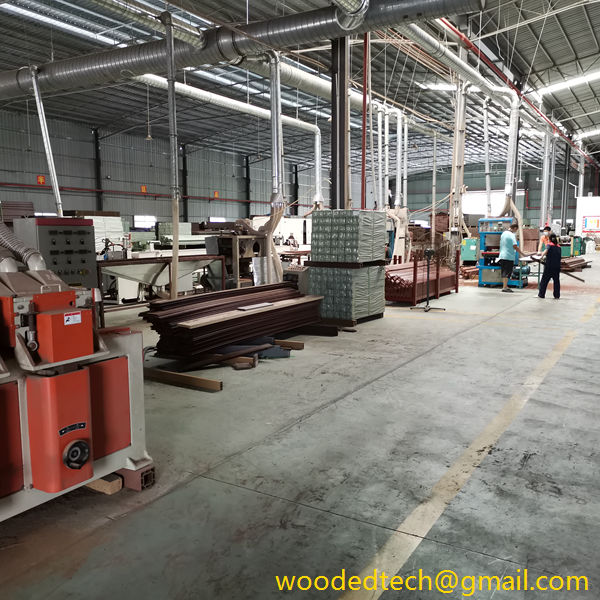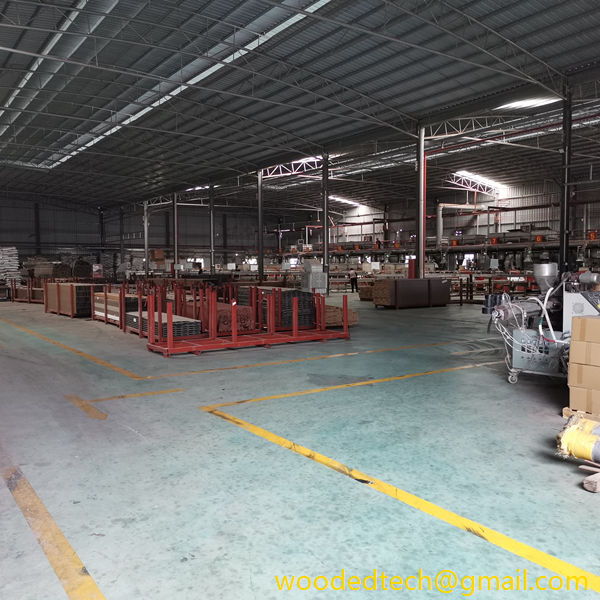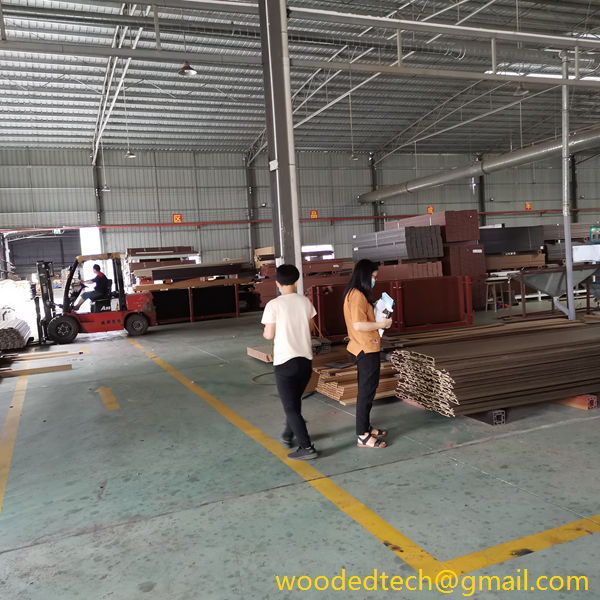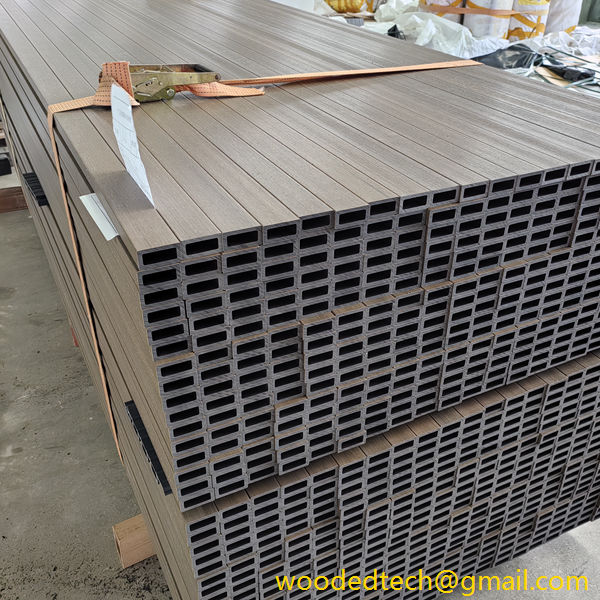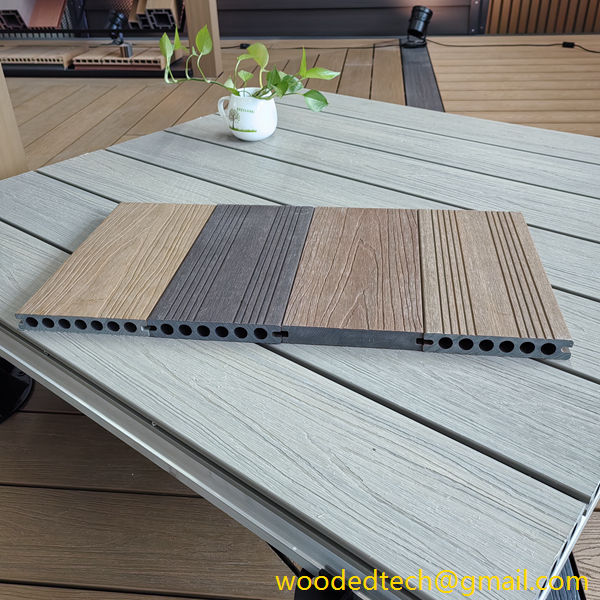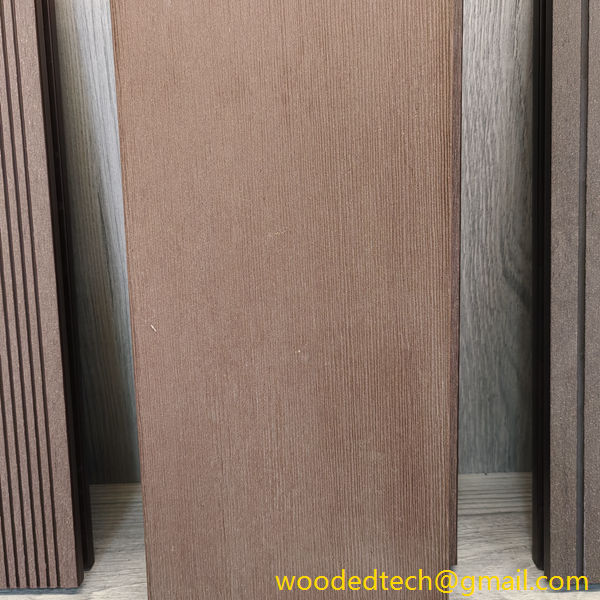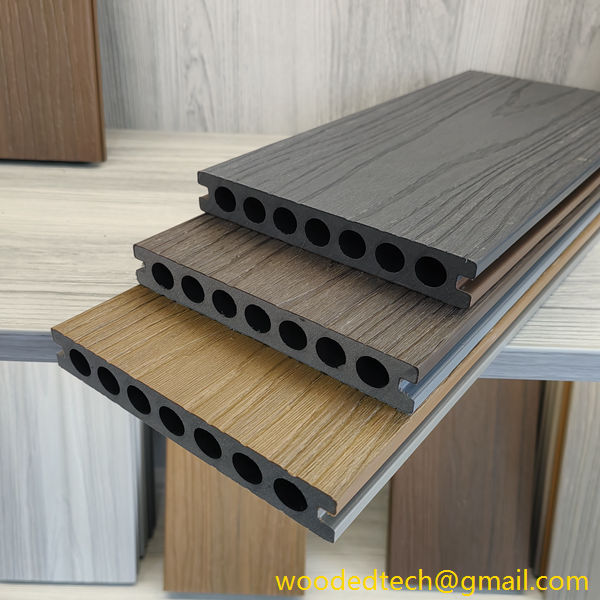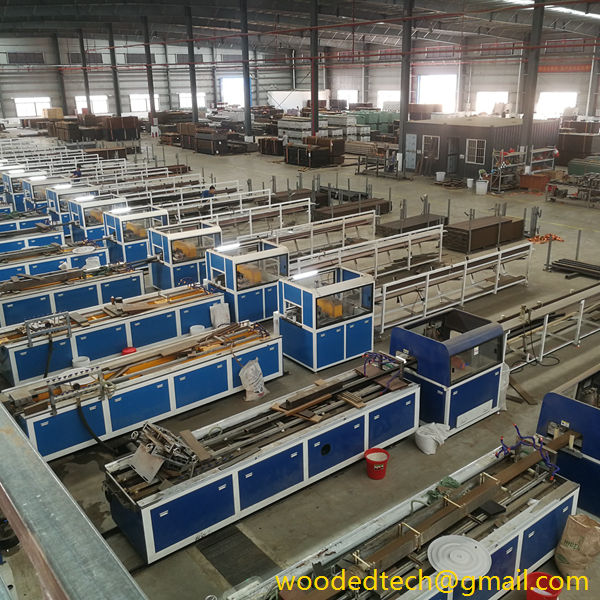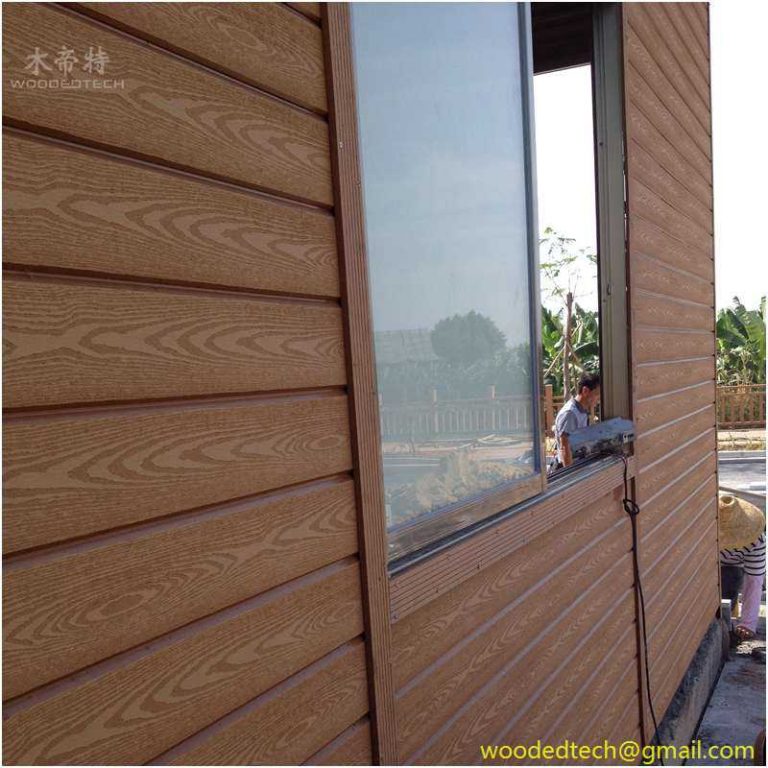Una mirada al interior de una fábrica de WPC y a los innovadores procesos de producción de materiales de calidad
The world of materials has evolved significantly over the last few decades, with Wood Plastic Composites, commonly referred to as WPC, emerging as a revolutionary solution for various applications. WPC combines the best characteristics of wood and plastic, creating a product that is durable, versatile, and environmentally friendly. This article aims to provide a detailed look inside a WPC factory, exploring the innovative processes that contribute to the production of high-quality materials.
As one enters a WPC factory, the first thing that strikes you is the scale of operations. Large machinery and assembly lines dominate the landscape, showcasing a highly organized environment where precision and efficiency are paramount. The production process begins with the careful selection of raw materials. Wood fibers, typically sourced from post-industrial wood waste and recycled plastics, play a crucial role in the final product’s quality. This commitment to using recycled materials not only reduces waste but also supports sustainable practices, which is increasingly important in today’s eco-conscious market.
Once the raw materials are selected, they are processed through a series of innovative steps designed to enhance their properties. The wood fibers undergo a drying process to reduce moisture content, ensuring optimal blending with the plastic components. This step is critical because excess moisture can lead to problems such as mold growth and product degradation over time. The drying process is carefully monitored, with advanced technology used to gauge moisture levels and ensure uniformity.
Next, the dried wood fibers are combined with thermoplastic materials, such as polyethylene or polypropylene. This mixing process is facilitated by high-capacity mixers that ensure a homogeneous blend. The use of advanced mixing technology allows for better dispersion of the wood fibers within the plastic matrix, leading to improved mechanical properties in the final WPC product. The blending of these materials is a vital step, as it directly influences the strength, durability, and appearance of the finished product.
Following the mixing phase, the composite material is subjected to a process called extrusion. This technique involves forcing the blended material through a heated die to form continuous shapes, such as boards or profiles. The extrusion process is highly automated, enabling manufacturers to maintain consistent product dimensions and surface finishes. Different die shapes and sizes can be employed to create various profiles, catering to diverse market needs ranging from decking and railing to furniture and interior applications.
One of the most significant advantages of WPC is its ability to be customized in terms of color and texture. During the extrusion process, manufacturers can add colorants and additives to achieve the desired aesthetic qualities. This flexibility allows for endless design possibilities, enabling architects and designers to create visually appealing products that meet specific project requirements. Additionally, surface treatments can be applied post-extrusion to enhance the material’s resistance to scratching, staining, and fading, further increasing its appeal in the market.
After extrusion, the WPC products undergo a cooling and cutting process. Cooling is essential to solidify the material and maintain its shape. Automated cutting machines then slice the extruded profiles into specified lengths, readying them for packaging and distribution. Quality control is a crucial aspect of this phase, with various tests conducted to ensure that the products meet industry standards and customer expectations. These tests may include assessments of physical properties such as tensile strength, impact resistance, and weatherability.
Another innovative aspect of WPC production is the incorporation of advanced technology throughout the manufacturing process. Many factories utilize Industry 4.0 principles, integrating smart sensors and data analytics to optimize operations. This technology allows for real-time monitoring of machinery performance, material flow, and product quality, resulting in increased efficiency and reduced waste. By harnessing such innovations, WPC manufacturers can respond quickly to market demands while minimizing their environmental footprint.
In addition to technological advancements, the workforce plays a pivotal role in the success of a WPC factory. Skilled technicians and engineers are essential in overseeing operations, maintaining equipment, and ensuring that production processes run smoothly. Continuous training and development programs are often implemented to keep employees updated on the latest industry trends and technologies. This investment in human capital not only enhances productivity but also fosters a culture of innovation within the organization.
As the production process comes to a close, the finished WPC products are carefully packaged for distribution. Manufacturers often take great care to ensure that their products are shipped in a manner that minimizes damage and maintains quality. The final inspection before packaging serves as an opportunity to perform one last quality check, ensuring that each product meets the high standards set by the company.
In conclusion, a visit to a WPC factory reveals the intricate and innovative processes that underpin quality material production. From the selection of raw materials to advanced manufacturing techniques and rigorous quality control measures, every step is designed to create a superior product that meets the evolving needs of consumers. As the demand for sustainable and versatile building materials continues to grow, WPC stands out as a leading choice. The combination of technology, skilled labor, and a commitment to sustainability positions WPC manufacturers at the forefront of the materials industry, ready to meet the challenges of the future.

